April 27, 2024 | 03:59 GMT +7
April 27, 2024 | 03:59 GMT +7
Hotline: 0913.378.918
April 27, 2024 | 03:59 GMT +7
Hotline: 0913.378.918

Kien Giang will reduce and convert hundreds of fishing vessels to non-exploitation sectors, in order to balance the strength of exploitation and the resilience of aquatic resources. Photo: Trung Chanh.
Kien Giang province boasts the largest fleet committed to seafood extraction in the country, reaching a peak of more than 11,000 vessels. In recent times, the agriculture sector in Kien Giang has implemented a program to reorganize and restructure the fleet and fishing sectors with the aim of gradually decreasing their numbers, particularly for nearshore fishing vessels and vessels engaged in harmful fishing practices.
In accordance with the approved plan by the People's Committee of Kien Giang Province, the agricultural sector of Kien Giang will take action to convert and reduce the number of fishing vessels in the area. By 2030, over 700 fishing vessels will be converted into other sectors, moving away from exploitation activities that negatively impact resources and the ecological environment.
The Department of Agriculture and Rural Development of Kien Giang plans to decrease and repurpose around 107 fishing vessels involved in seafood catching activities by 2025. This will result in a reduction of the province's fishing fleet to a maximum of 9,219 vessels by the end of 2025.
Furthermore, the province plans to transform 120 offshore fishing vessels that are now involved in trawling, purse seining for tuna, and other fisheries that have substantial effects on resources and the ecological environment into sectors that promote seafood exploitation.
Between 2026 and 2030, around 594 fishing vessels dedicated to catching seafood will be progressively decreased and repurposed for non-fishing activities. This will result in a total of no more than 8,625 fishing vessels by the end of 2030.
In order to carry out this project, Kien Giang province has issued a resolution outlining regulations to assist fishermen in shifting from resource-intensive fisheries that have a substantial impact on the environment to environmentally sustainable fisheries or alternative sectors.
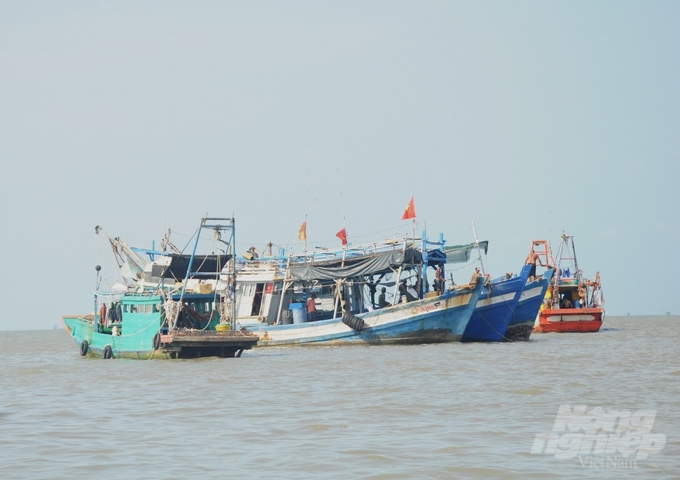
Kien Giang strengthens propaganda and training for fishermen to switch to seafood exploitation professions that have little impact on resources and are environmentally friendly. Photo: Trung Chanh.
In addition, there are ongoing initiatives to enhance propaganda, legal distribution, and raise awareness among the fishing community regarding the need to shift away from specific fisheries that have substantial effects on resources and the ecological environment. More precisely, the objective is to educate fishermen about the detrimental consequences of destructive exploitation and fisheries that have a substantial impact on resources. This includes preventing exploitation in regions where fishing is prohibited and refraining from fishing during bans. Additionally, efforts are being made to raise awareness about the detrimental impact of fishing equipment on the water, leading to plastic pollution.
The focus is on sharing positive experiences, effective case studies, providing guidance for new procedures, facilitating the establishment of training programs, and offering vocational training to approximately 3,400 fishermen and crew members of fishing vessels that are being downsized or transitioned to seafood harvesting. The objective is to enhance the working conditions and aim for a complete transition of all fishermen to secure and consistent employment and income, thereby safeguarding their livelihoods post-transition.
The goal is to gradually decrease the number of fishing vessels, particularly those that have a substantial negative influence on resources and the ecological environment. This will help restore a balance between fishing capacity and the ability to replenish seafood resources. The objective is to improve the production, quality, and efficiency of fishing fleets in order to protect resources.
Located in the southwestern region, Kien Giang has a coastline of 200 kilometers, 143 small and large islands, and a sea area of more than 63,000 square kilometers.
According to Mr. Le Huu Toan, the Director of the Department of Agriculture and Rural Development of Kiên Giang, the province will prioritize the promotion of aquaculture as a means to offset the decline in fishing yields. By 2024, the province aims to achieve a combined catch and aquaculture production of 800,000 tons, which is 40,000 tons lower than the target set for 2023. The total seafood capture amounts to 435,000 tons, which is a decrease of 45,000 tons compared to the previous year's target. Additionally, there is a production of 365,000 tons in various types of aquaculture.
Translated by Linh Linh
/2024/04/26/0311-1-085026_641.jpg)
(VAN) The Ministry of Agriculture and Rural Development has just approved Project 'Sustainable Development of the Cassava Industry Until 2030, with a Vision to 2050' with an export target of USD 1.8–2 billion by 2030.
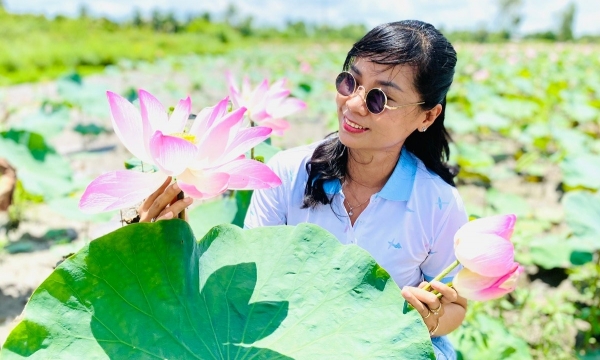
(VAN) The second Dong Thap Lotus Festival in 2024 attracts 66,000 lotus pots, with 57 lotus varieties that are beautifully arranged to create an interesting experience space.
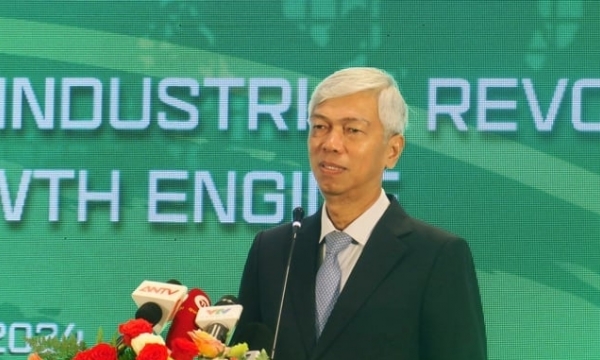
(VAN) The HCMC Centre for the 4.0 Industrial Revolution (C4IR) is expected to create new momentum for economic, social, and innovative development.
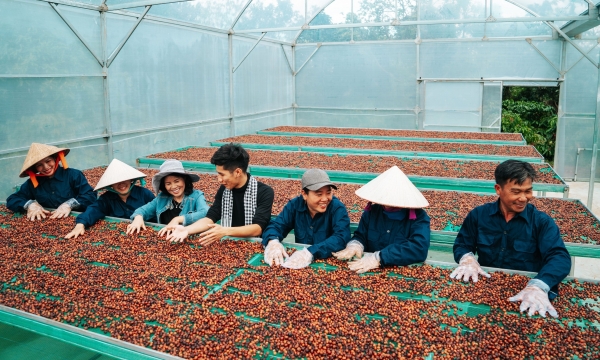
(VAN) The Ministry of Agriculture and Rural Development is piloting agricultural production and processing models to create large-scale, inter-regional, modern, and sustainable raw material areas.
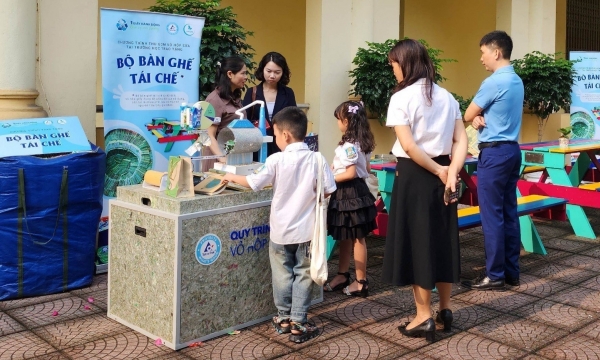
(VAN) Over four years, the campaign has successfully gathered a total of 56 tons of paper boxes, which is equivalent to a staggering 5.6 million tons of milk cartons.
/2024/04/25/5528-1-124734_128.jpg)
(VAN) Imported seafood raw materials play an important role in processing and exporting Vietnamese seafood. But the import is facing many problems.
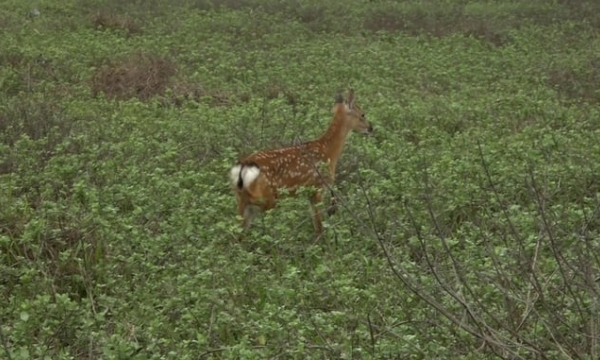
(VAN) Over 10 days after discovering the sika deer on the island, the Bach Long Vy district has been granted another pair of deer to grow the population.